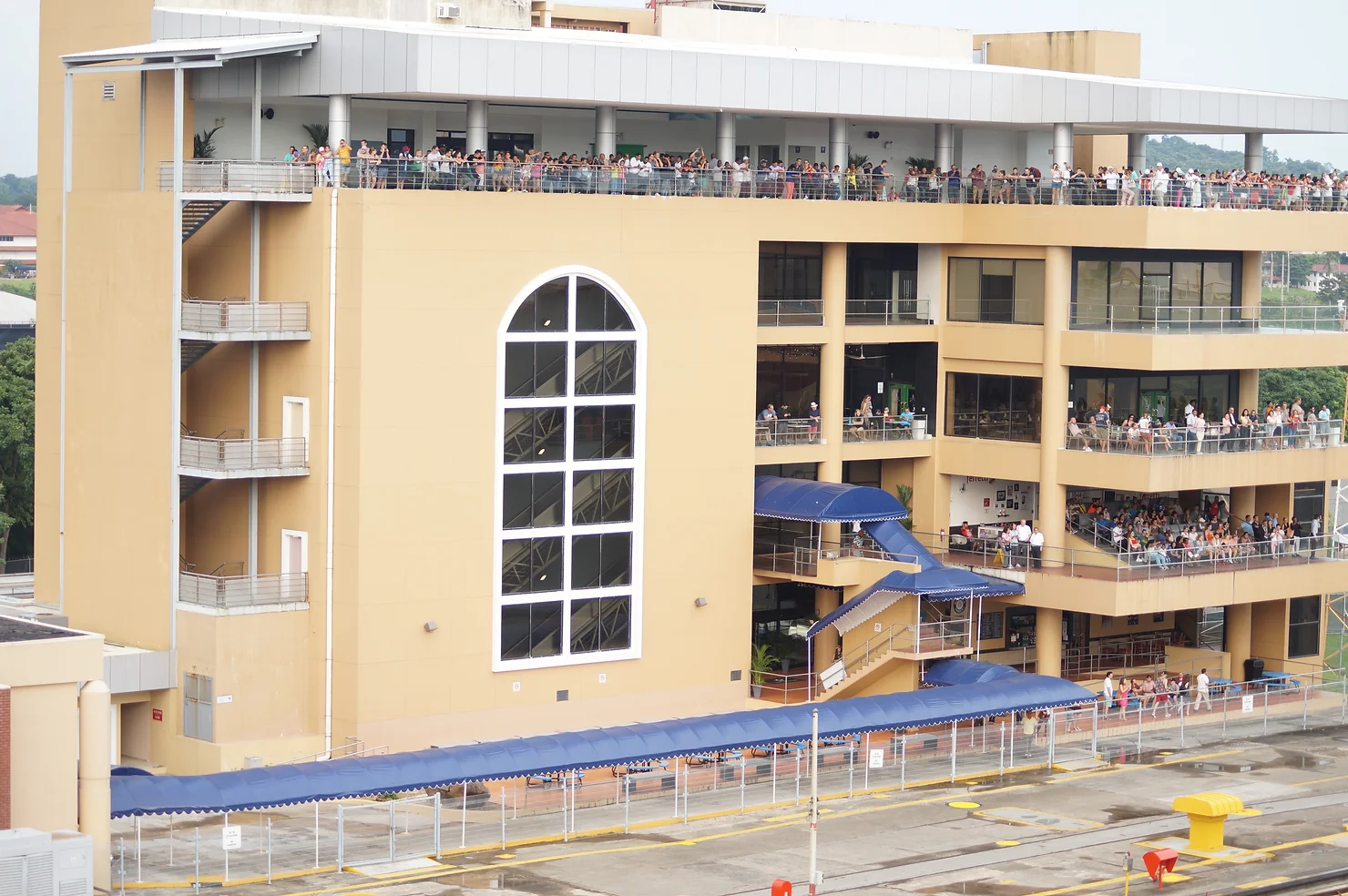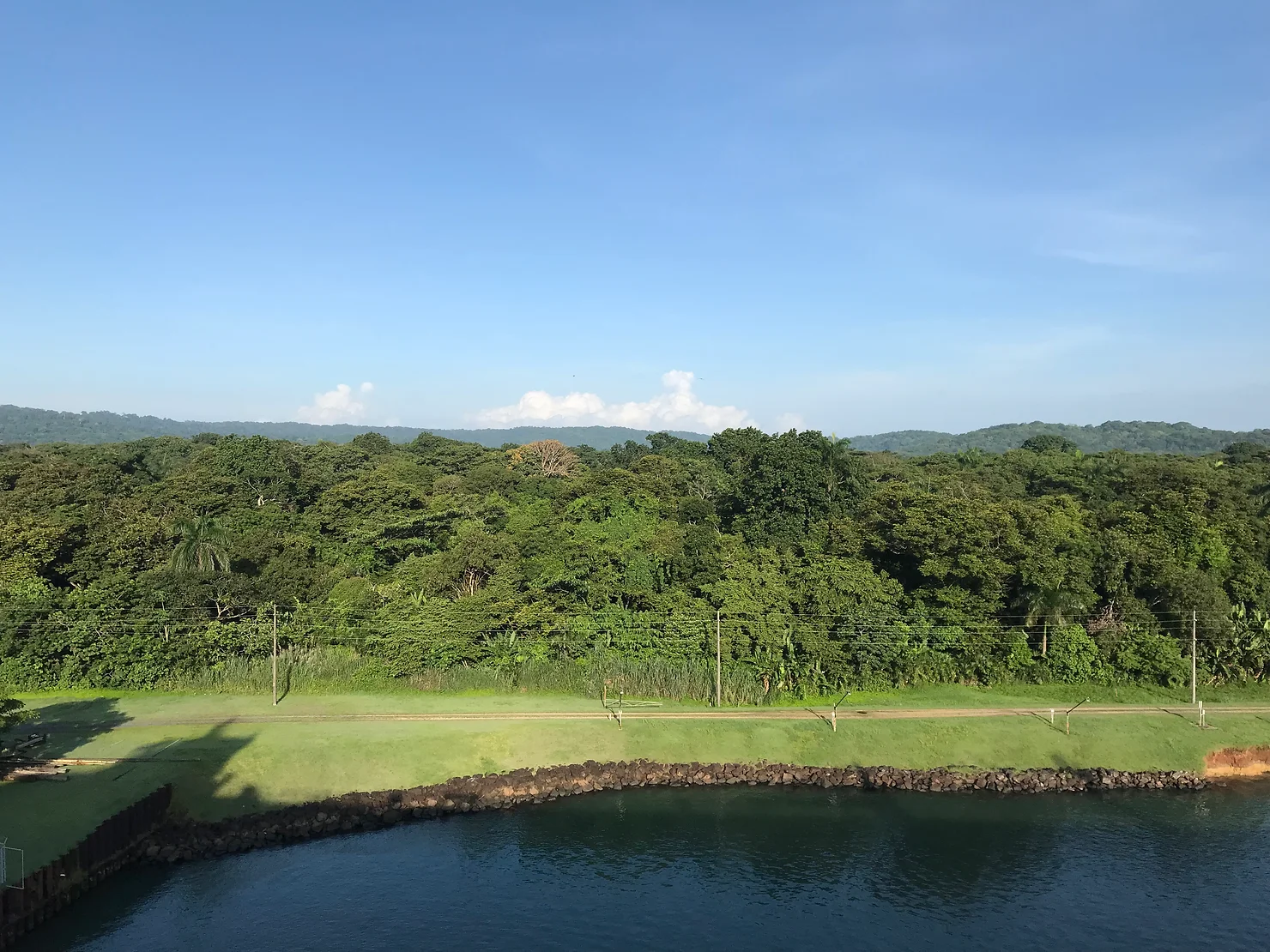Panama Canal from the Other Side
I had the chance to witness one of the biggest and most challenging engineering feats in the world not once, but twice – the Panama Canal! It was an awe-inspiring experience that made me feel small in comparison to this monumental canal. The Panama Canal was a game-changer in maritime transportation, significantly shortening the time it takes for ships to travel between the Atlantic and Pacific oceans, bypassing the treacherous Cape Horn route in the southernmost part of South America.
I accompanied my husband on a car-carrier ship. We crossed it in the month of August and again in November.
The French had initially started construction work but after being plagued by many diseases and deaths of numerous labourers, they were forced to sell their assets and allow the US to complete what would eventually be an engineering marvel.
Panama Canal was first crossed on 15th August, 1914 and with more than 14,000 ships crossing it annually, I was lucky to be on the ‘other side’. The Canal is a hugely popular tourist attraction and there are viewing booths on the Atlantic as well as the Pacific side but if you’re not a Mariner then to sail through it is somewhat an achievement.

The viewing booths, also known as Visitor Centres are a fascinating place that will help you understand how the entire canal operates. They have informative films, an interesting museum, and viewing platforms where you can watch the ships pass through. 📸
A 45 km long passage through the Gatun lake is sandwiched by 3 locks on either side. These locks or gates are emptied or filled with water to help lower or raise a ship depending on the direction it’s moving in. To help you visualise this, take a look at the ship in the background with is about 15-20 metres higher than the ship in front.

Now the width of the Panama Canal was specially designed to accommodate ships with a maximum breadth of 32.3 metres. There’s a newly built Canal parallel to this as well allowing ships with larger beam to pass. But this requires certain sets of skills which all ship Captains don’t possess, so we had 3 Pilots on board to guide us into these narrow passages.
There are tiny cable operative locomotives called Mules, which guide the large ships. We were also helped by 8-10 such mules. A group of 20-30 locals employed by the Canal authorities came on board. They were the ones who’d help with the mooring operations to the mules. When they waited for the locks to fill up, they sold had some interesting souvenirs for passengers like me to buy. I bought a few magnets!
Panama is surrounded by rainforests, which makes it so green, and the rainforests live up to their name—they receive at least 2,000 mm (80 inches) of rain every year. In fact it was during this construction that Malaria was officially recognised as the disease that was causing so many casualties.

While commercial ships are charged a substantial fee for traversing the Panama Canal, the cost is still significantly lower than what it would have cost them to navigate between the Atlantic and Pacific Oceans without the canal.
Both times we were there, the weather was humid and rainy. Fortunately, we had a swimming pool on board, which we made use of during our stay.
After a full 10 hours of navigating through the rainforest, this delightful experience eventually came to an end. Although I can now check the Panama Canal off my bucket list, I’m excited for my next adventure: sailing around the notoriously challenging Cape Horn on the southern coast of Chile.